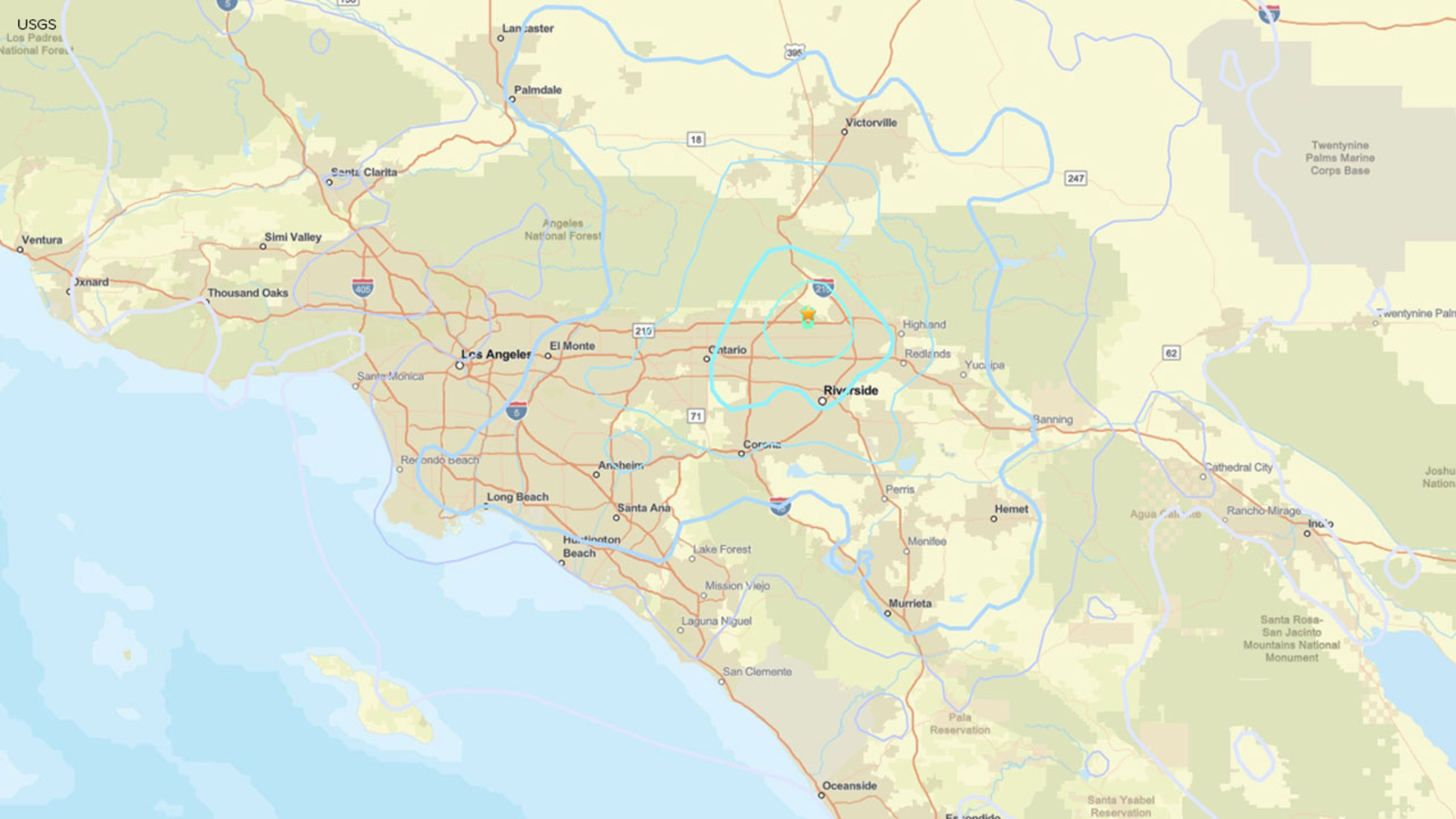What Happened
On July 31, 2025, a 4.3-magnitude earthquake struck near the Muscoy area in San Bernardino County, California, at approximately 9:30 a.m. local time. The U.S. Geological Survey (USGS) reported that the quake occurred at a shallow depth of just over three miles. This seismic event was felt across a wide area of Southern California, including cities such as Los Angeles, Santa Monica, and Long Beach. Following the main quake, a series of aftershocks were recorded, including a 3.1-magnitude tremor that occurred shortly after the initial quake, as well as two smaller quakes of magnitudes 3.0 and 2.8 that were reported earlier that morning.
Residents reported varying sensations of shaking, with descriptions ranging from a jolt to a rolling movement. Despite the widespread shaking, there were no immediate reports of significant damage or injuries. The earthquake was part of a pattern of seismic activity in the region, which has experienced similar events in recent years.
Key Details
- Magnitude: 4.3
- Location: Near Muscoy and Rialto, San Bernardino County, California
- Time: Approximately 9:30 a.m. PDT on July 31, 2025
- Depth: Just over three miles
- Aftershocks: Included a 3.1-magnitude quake shortly after the main event, along with smaller quakes of 3.0 and 2.8 earlier that morning.
- Felt Reports: Shaking was reported in various Southern California locations, including Riverside, Los Angeles, Santa Monica, Torrance, and as far as Redondo Beach.
- Historical Context: The area has seen about 130 earthquakes of magnitude 3.0 or greater since 1990, with eight of those being magnitude 4.0 or higher.
Multiple Perspectives
Seismologists, including Dr. Gabrielle Tepp from Caltech, have indicated that the area around Muscoy is seismically active, particularly due to its proximity to major fault lines, including the San Jacinto and San Andreas faults. Dr. Tepp noted that the occurrence of magnitude 4 earthquakes in this region is not unusual, as the area has experienced similar seismic activity in the past.
While there were no immediate reports of damage or injuries, the event raised concerns among residents about earthquake preparedness. Some individuals expressed anxiety over the potential for larger quakes, often referred to as “the big one,” which is a common concern in California due to its geological characteristics.
On the other hand, experts emphasize the importance of remaining calm and prepared, as earthquakes are a natural part of life in California. They recommend that residents maintain emergency kits and stay informed about earthquake safety measures.
Context & Background
California is known for its seismic activity, with numerous fault lines running through the state. The San Andreas Fault, one of the most famous, is known for producing significant earthquakes. The region’s geological makeup makes it prone to earthquakes, which can vary in magnitude and impact. Earthquakes of magnitude 4.0 and above are considered moderate and can cause damage, particularly in densely populated areas.
The July 31 earthquake is part of a broader pattern of seismic activity in Southern California, which has seen an increase in earthquakes in recent years. The USGS has been monitoring these trends closely, and the occurrence of multiple quakes in a short timeframe can indicate a period of heightened seismic activity.
Preparedness is a critical aspect of living in earthquake-prone areas. Authorities often encourage residents to have emergency kits and plans in place, as well as to stay informed about the latest safety recommendations.
What We Don’t Know Yet
As of now, there are no confirmed reports of damage or injuries resulting from the July 31 earthquake. However, it is still early, and assessments may continue in the coming days. There is also uncertainty regarding whether this seismic activity will lead to larger quakes in the near future, as aftershocks can sometimes precede or follow significant seismic events.
Additionally, while experts have provided context on the historical seismicity of the area, ongoing research may yield new insights into the patterns and risks associated with earthquakes in Southern California. The USGS and other geological organizations will likely continue to monitor the situation closely and provide updates as more information becomes available.
Overall, while the earthquake was a notable event, the immediate response has focused on ensuring public safety and preparedness for future seismic activity.


